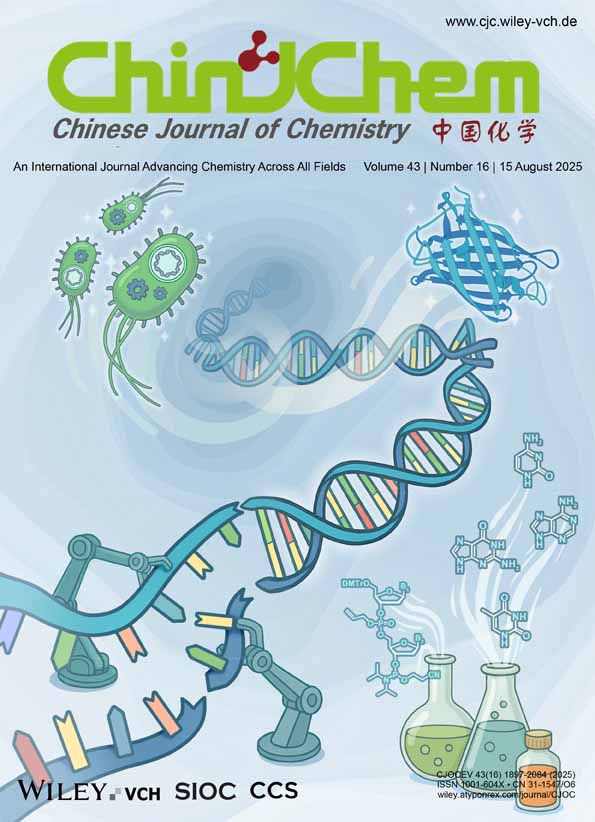Photocatalytic Degradation of Imidacloprid by Phosphotungstic Acid Supported on a Mesoporous Sieve MCM-41
Abstract
Solid catalysts consisting of polyoxometalates (POM) namely phosphotungstic acid H3PW12O40 (HPW) supported on a mesoporous sieve MCM-41 have been prepared and characterized by FT-IR, X-ray diffraction, nitrogen adsorption and high resolution transmission electron microscope (HRTEM). The HPW/MCM-41 with different HPW loadings from 10 to 60 wt% possess large specific surface area and rather uniform mesopores. Keggin structure of HPW retains on the prepared composite catalysts. The photocatalytic performance of HPW/MCM-41 was examined by degradation of a durable pesticide imidacloprid. It is found that the prepared photocatalysts exhibit high activity under irradiation of 365 nm monochromatic light. For 50 mL of imidacloprid (10 mg/L), conversion of imidacloprid using 20 mg of HPW/MCM-41 with 50 wt% loading level and calcined at 300°C reaches 58.0% after 5 h irradiation.




